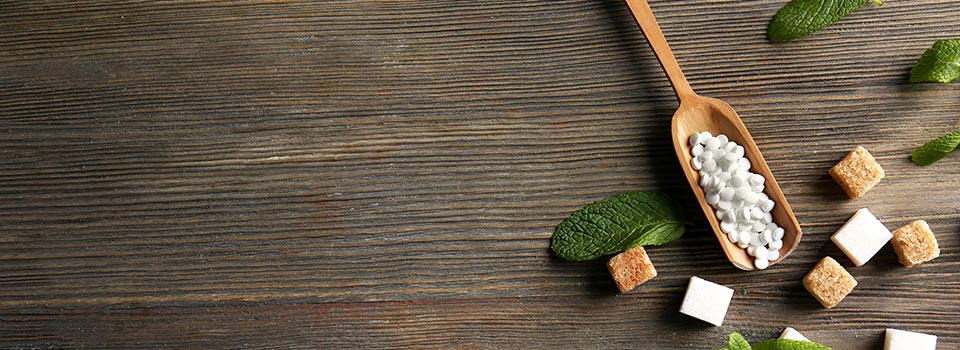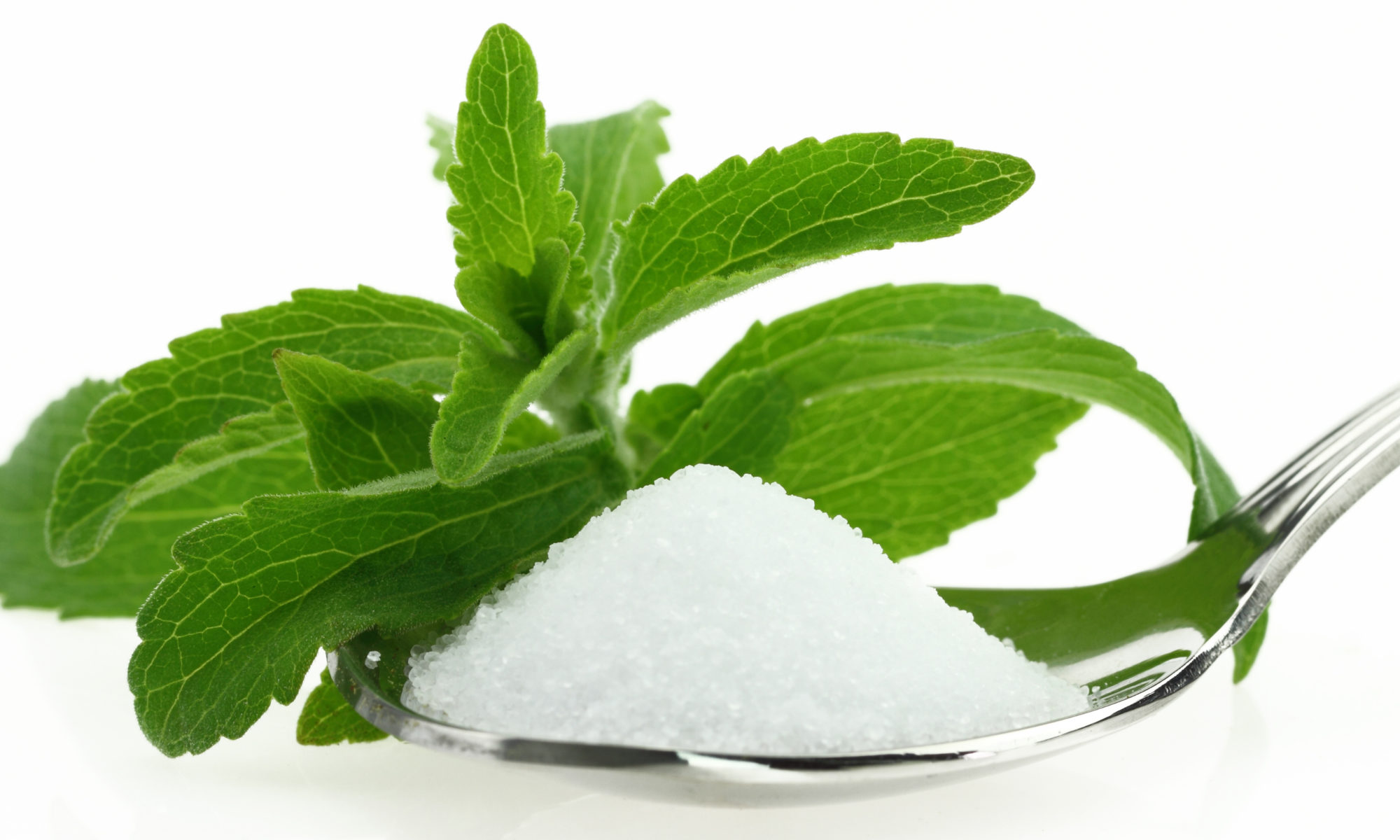Stevia has an interesting history beginning with its discovery more than 200 years ago. It is thought that the indigenous people of Paraguay used the leaves of the stevia plant for its sweet taste. They would also use it in their beverages and some medicines.
Later, Swiss botanist Moises Santiago Bertoni wrotemore formally about the stevia plant and recorded detailed information about the sweet taste. This was in the late 1800’s, but it would be over 100 years later before French scientists were able to isolate the stevia glycosides. (The glycosides are the parts of the stevia plant that give it its sweet taste.)
Fast forward another 100 years and we find the Japanese using stevia as an alternative sweetener. Approximately 10 years later, stevia started gaining popularity in the U.S. As companies and manufacturers worked to isolate the best tasting stevia glycosides and provide research and information on stevia’s safe use, the high purity extracts (or glycosides) of the sweetener were finally given Generally Recognized as Safe (GRAS) status in the U.S. in 2008 and approved by the European Food Safety Authority (EFSA) in 2011.
Today, consumers will find stevia in thousands of products around the world – including baked goods, frozen desserts, dairy products, beverages, sauces and so much more. While today we use a more refined form of stevia compared with the people in Paraguay hundreds of years ago, the idea remains the same. No matter where we hail from, people all over enjoy a little sweetness in their life.
With that in mind and especially with the warmer weather months almost upon us, why not try this Acai Berry Lemonade? And as you sip this refreshing beverage think back to those first “stevia users” who may have used stevia to sweeten a similar beverage. It seems that stevia definitely has a sweet past, present and future.




 Carolyn Reynaud, MS, RD, LD is a licensed registered dietitian and a paid contributor to SteviaBenefits.org. She received her BS in nutrition from Michigan State University and her Masters and Certificate in Public Health from Georgia State University. She has experience working in several avenues of health care including corporate wellness, clinical disease management, research, and health promotion. She has been working as a health coach specialist for close to 6 years, where she counsels patients on preventative healthcare and helps them meet their health goals. Follow her on Twitter
Carolyn Reynaud, MS, RD, LD is a licensed registered dietitian and a paid contributor to SteviaBenefits.org. She received her BS in nutrition from Michigan State University and her Masters and Certificate in Public Health from Georgia State University. She has experience working in several avenues of health care including corporate wellness, clinical disease management, research, and health promotion. She has been working as a health coach specialist for close to 6 years, where she counsels patients on preventative healthcare and helps them meet their health goals. Follow her on Twitter 

